

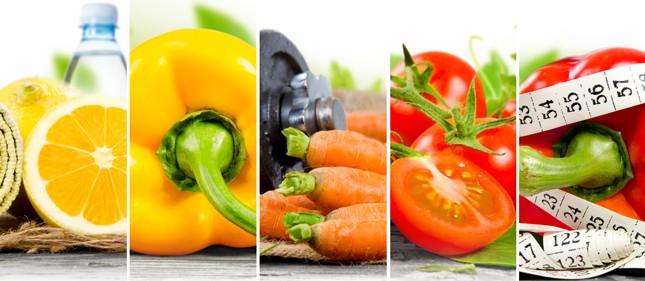
A healthy diet provides your body with the nutrients it needs everyday while balancing your calorie intake for weight control. Without proper nutrition, your body is more prone to fatigue, infection and chronic diseases such as heart disease, stroke, Type 2 diabetes and certain cancers.
A diet based on nutrient-rich whole foods can also help ease the inflammation of hidradenitis suppurativa. A healthy diet has also consistently been linked to positive mental health.1-4
Healthy eating isn’t as complicated as you might think. The keys are to eat plenty of plant foods – vegetables, fruits, whole grains, legumes (e.g. beans, peas, lentils), nuts – and limit highly processed foods.
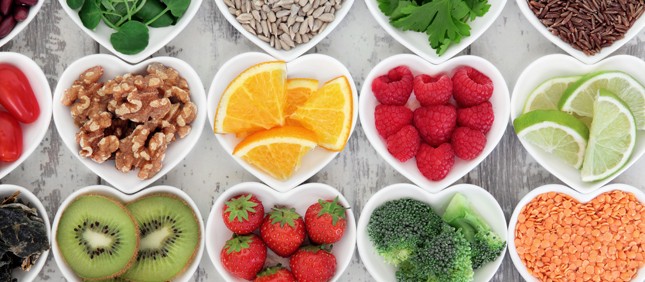
From a nutrition standpoint, fruit and vegetables are tough to beat. They’re exceptional sources of fibre, potassium, vitamin C and folate, nutrients vital for maintaining good health. Fruit and vegetables also contain thousands of natural compounds – called phytochemicals – that guard against disease.
Include 7 to 10 servings in your daily diet. One serving is equivalent to 1 medium sized fruit, ¼ cup (50 ml) of dried fruit, ½ cup (125 ml) of cooked or raw vegetables, 1 cup (250 ml) of salad greens and ½ cup (125 ml) of 100% pure juice. Choose whole fruit over juice most often for more fibre and fewer calories.
Incorporate a variety of colourful produce in your diet each day. Different coloured fruit and vegetables indicate different nutrient profiles and different phytochemicals. To maximize their health benefits, include fruit and vegetables that are red, blue and purple (e.g. tomatoes, watermelon, berries, red grapes), orange and yellow (e.g. carrots, sweet potato, bell peppers, mango, peaches), green (e.g. asparagus, broccoli, green beans, spinach) and white (e.g. cauliflower, mushrooms, onions, banana).
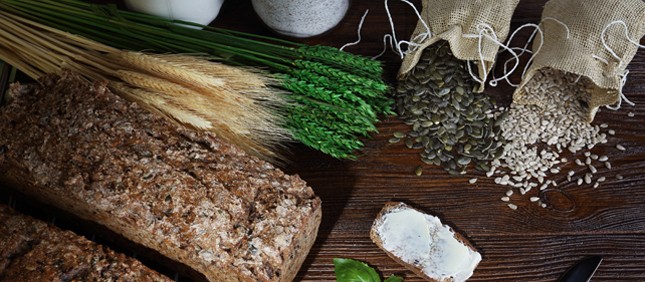
Unlike refined (white) grains, whole grains retain the bran and germ layers and, as such, nearly all the fibre and nutrients grains have to offer. Eating whole grains instead of refined grains is linked to many health benefits including a lower risk of heart disease, stroke and Type 2 diabetes. Fibre-rich whole grains can also help you maintain a healthy weight by increasing your feeling of fullness and delaying hunger.
A steady intake of refined grains such as white bread, white rice and refined breakfast cereals may also aggravate acne. Because highly processed grains are broken down quickly during digestion they cause your blood glucose (sugar) to rise rapidly. In response to a surge in blood glucose, your pancreas releases a large amount of insulin, the hormone that moves glucose from the bloodstream into cells. Scientists speculate that having an elevated insulin level makes it easier for androgens, hormones involved in acne, to bind to cells.5-7
Make at least half of your grains whole grains such as oats, brown rice, quinoa and barley. When buying breads and breakfast cereals, look for products labeled 100% whole grain. If the label doesn’t say that, read the ingredient list. Look for a whole grain – e.g. oats, whole wheat, whole rye, brown rice – as the first ingredient on the list. (Ingredients are listed in descending order by weight.) Preferably, choose a product that lists only whole grains.
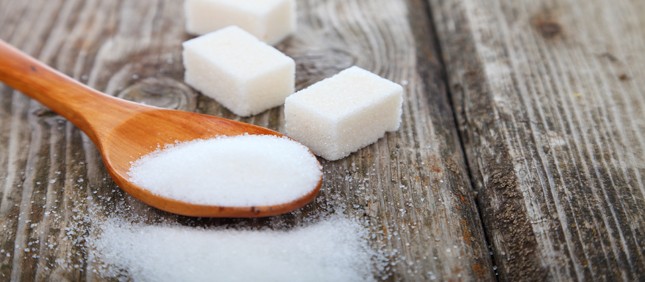
On labels they go by names such as brown sugar, corn syrup, brown rice syrup, cane syrup, dextrose, high fructose, fruit juice concentrate, glucose-fructose, honey and molasses. The main sources of added sugars are sugar-sweetened soft drinks (e.g. pop, iced tea, lemonade, energy drinks, sports drinks), candy, cakes, cookies, pastries, fruit drinks, dairy desserts (e.g. ice cream, sorbet), sweetened yogurt and ready-to-eat breakfast cereals.
There is no nutritional need for added sugars. Added sugar adds calories without nutrients. And, like refined grains, added sugars can cause your blood glucose to rise quickly. Evidence suggests that eating too much sugar can increase the risk of obesity, heart disease and Type 2 diabetes.
Added sugar should make up less than 10 per cent of your daily calories or, even better, closer to 5 per cent. Cutting added sugars to 5 percent of daily calories means consuming roughly six teaspoons (24 grams) per day for women and nine teaspoons (36 grams) for men.
To reduce your intake of added sugar, avoid sugary drinks. Replace soft drinks with water, vegetable juice or unsweetened tea or coffee. Cut the usual amount of sugar, honey or maple syrup you add to foods and beverages by half. Gradually, use even less.
Read labels. Choose breakfast cereals that have no more than 6 grams of sugar per serving. Look for cereals with no sugar added. Look for snack bars with no more than half the total carbohydrate from sugars. Buy unsweetened non-dairy beverages and unflavoured instant breakfast cereals.
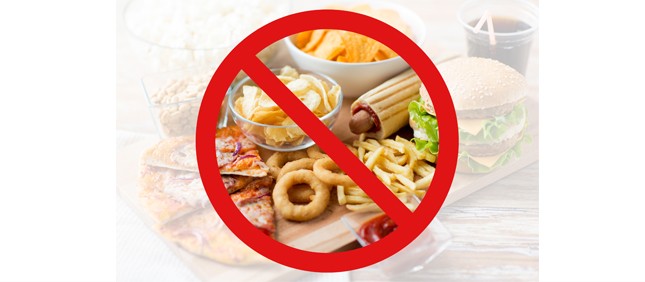
It’s clear-cut that eating too much saturated (animal) and trans fat raises LDL (bad) cholesterol in the bloodstream, a risk factor for cardiovascular disease. Worse, trans fats, formed through a chemical process called partial hydrogenation, also decrease HDL (good) cholesterol. And an excess of both types of fat can promote inflammation in the body.
To reduce your intake of saturated fat, choose lean cuts of meat (e.g. sirloin, tenderloin, flank steak, eye of the round), poultry breast and low fat dairy products (1% milk fat or less). If you use butter, do so sparingly.
Trans fats are found in many commercial baked goods, snack foods, deep-fried foods and certain margarines. Read nutrition labels to choose foods with zero trans fat. If a packaged food doesn’t have a nutrition label, as may be the case for foods prepared in-store, read the ingredient list. Avoid buying products that list partially hydrogenated vegetable oil, hydrogenated oil or shortening.

There are two types of unsaturated fats in foods: polyunsaturated and monounsaturated fats. These types of fats can improve blood cholesterol and reduce inflammation. And some polyunsaturated fats, like omega-3 fatty acids in fish, can help lower blood fats called triglycerides.
Replace saturated fat with unsaturated fats. Good sources of polyunsaturated fat include vegetable oils (e.g. grapeseed oil, sunflower oil, safflower oil), walnuts, pumpkin seeds, sunflower seeds, flaxseeds, chia seeds and oily fish (e.g. salmon, trout, sardines, mackerel).
Monounsaturated fats are found in avocado, olives, olive oil, canola oil, almonds and almond butter, cashews, pecans, pistachios, peanuts, peanut butter, peanut oil, sunflower oil (sunflower oil is a mix of monounsaturated and polyunsaturated oils) and sesame oil.
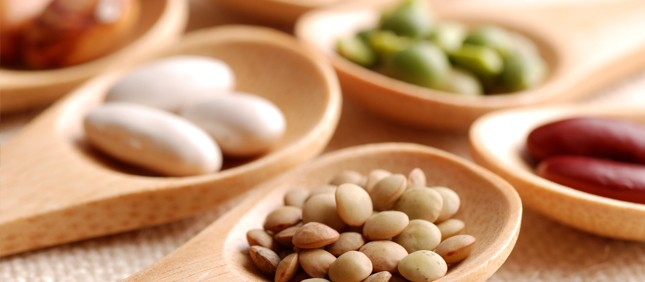
Compared to meat and other animal proteins, plant protein foods such as beans, lentils, soy and nuts and seeds are virtually free of saturated fat and many are lower in calories. And unlike meat, plant proteins deliver a wealth of beneficial phytochemicals. Many are also very high in fibre.
Aim to include more non-meat meals in your weekly menu. Examples include bean and lentils soups, black bean tacos, pasta with white kidney beans, tofu stir-fry and soy burgers. Snack on fruit and nuts, raw vegetables and hummus, whole grain crackers and almond butter or a fruit smoothie made with unsweetened soy beverage.
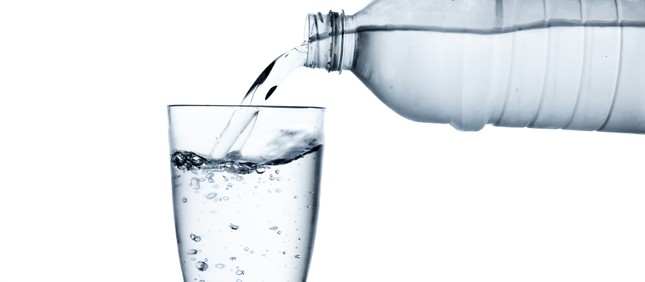
Water is an essential nutrient that keeps your body running in high gear. It regulates your body’s thermostat, cushions your joints, shuttles oxygen and nutrients to cells, flushes toxins from organs and hydrates your skin. Drinking more water might also improve your mood, sharpen your metal focus and help you lose weight.
Current guidelines advise women and men to consume 9 cups (2.2. litres) and 12 cups (3 litres) of water each day, respectively. If you exercise, you need to drink more water to replace what you lose through sweat.
All beverages – excluding alcoholic drinks, which cause your body to lose water – count towards your daily water requirement. In addition to plain water, milk, plant-based beverages, fruit juice, coffee and tea also hydrate you.
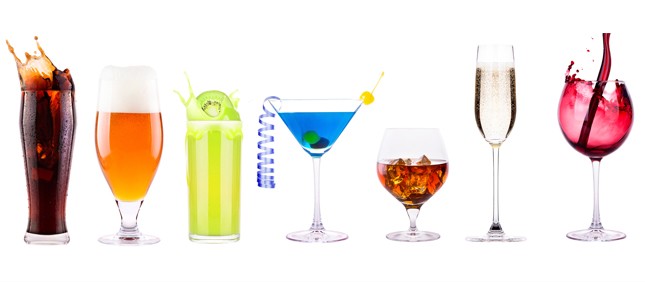
While a moderate alcohol intake – one drink a day for women and two for men – is thought to guard against heart disease, it may also carry some risks. Even small amounts of alcohol may increase the risk of certain cancers. Alcohol can also disrupt sleep and promote weight gain.
If consumed at all, men are advised to consume no more than two drinks per day and women no more than one. One drink is defined as 12 oz. (341 ml) of regular beer, 5 oz. (142 ml) of wine or 1.5 oz. (43 ml) of 40% spirits.
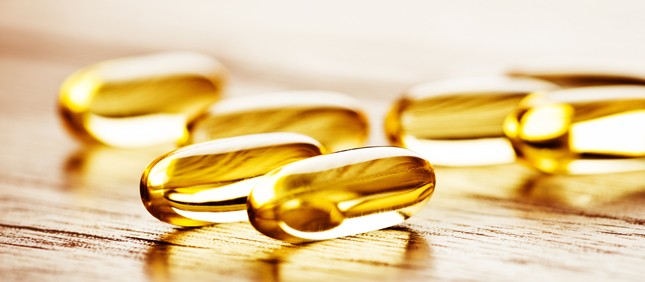
The best strategy for staying healthy is to eat a wide variety of nutrient-rich foods. Supplements can’t replace healthy foods, which supply countless disease-fighting compounds. Even so, there are reasons why some people might benefit by reinforcing their diet with a daily multivitamin and mineral.
In some cases it can be challenging to meet daily nutrient needs from diet alone. Stress, workplace demands, and lack of time and energy are often barriers to eating healthfully. A one-a-day supplement provides insurance that you are meeting the recommended amounts for most vitamins and minerals.
That’s especially true for menstruating women who have higher iron requirements and for people following a calorie-reduced diet. Women of childbearing age – especially those who are trying to get pregnant – need to ensure they get adequate folic acid to prevent birth defects like spina bifida. And adults over 50 are advised to get vitamin B12 from a supplement or fortified foods since aging reduces a person’s ability to digest B12 that’s bound to food.
If you feel you could benefit from a multivitamin and mineral supplement, speak to your dietitian or doctor about which product might be appropriate for you. If you take medications, ask about possible interactions.
Maintaining a healthy weight is paramount to good health. Keeping your weight in a healthy range means you’re less likely to develop heart disease, Type 2 diabetes and certain cancers. Carrying excess fat around the abdomen also ramps up inflammation in the body.
If you are overweight, the best formula for losing weight is a combination of diet and exercise. Start by adopting the healthy eating strategies listed above.
If possible, aim to engage in moderate physical activity for 30 minutes most days of the week. That might include brisk walking, bicycling, playing tennis, playing sports or dancing. Regular exercise not only helps you lose weight, it also helps keep it off in the long run.
If you are having difficulty controlling your weight, consult a Registered Dietitian who can design an eating plan that suits your lifestyle, your food preferences and your health concerns.